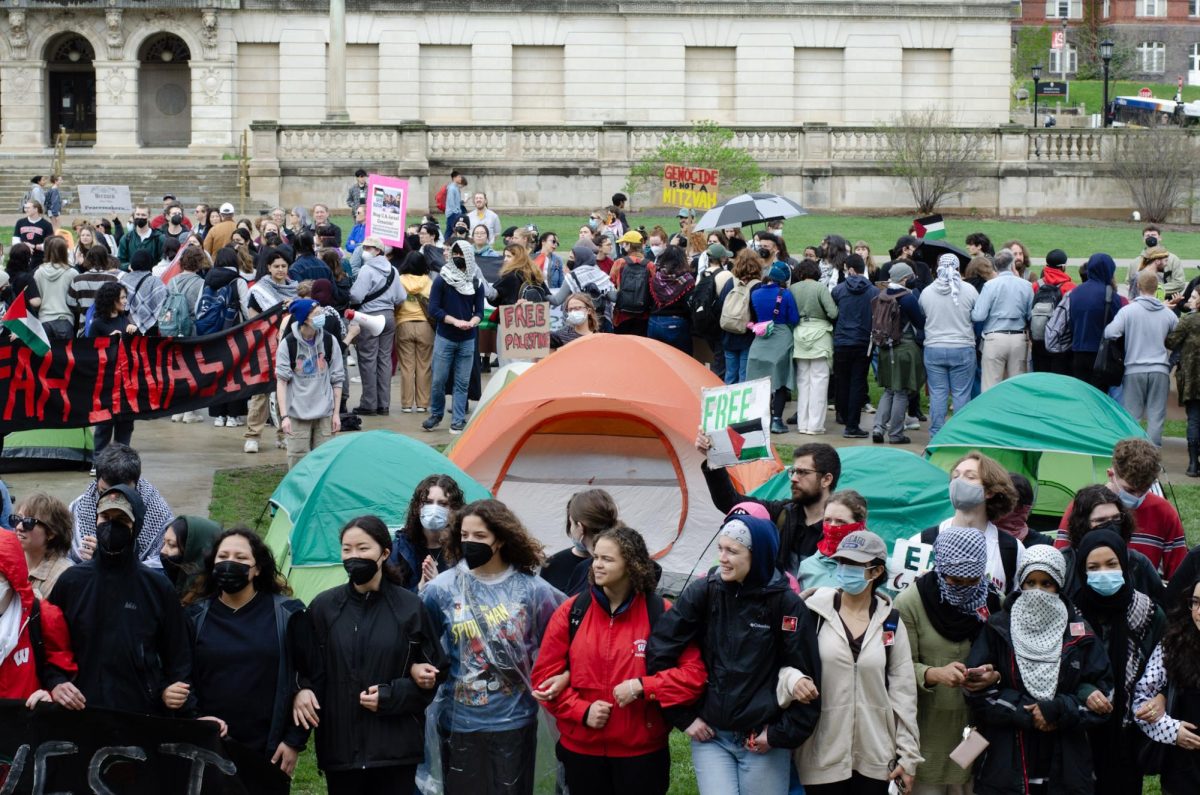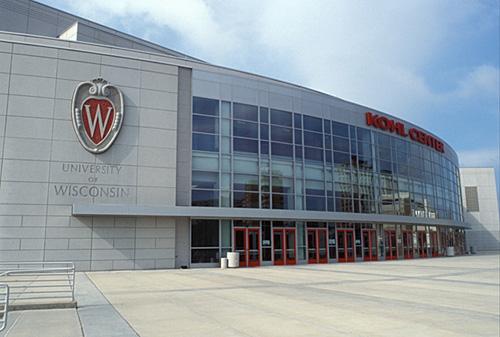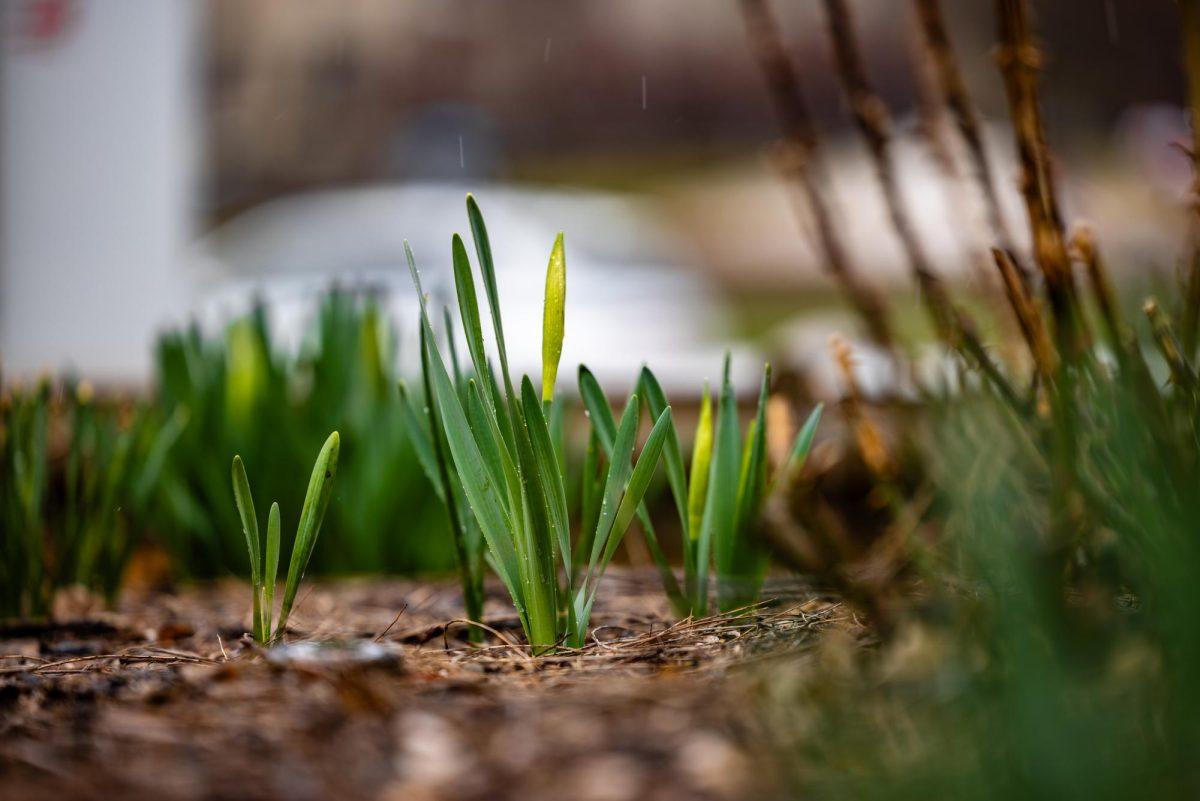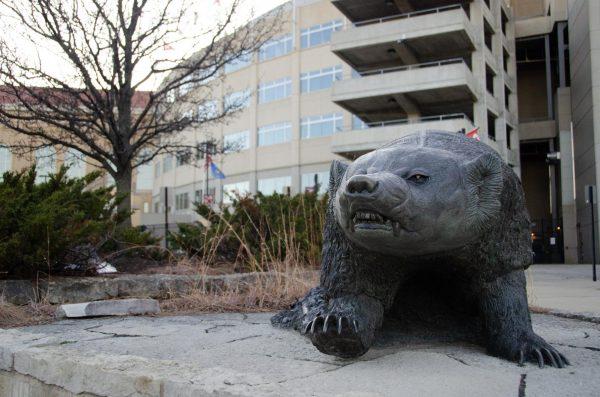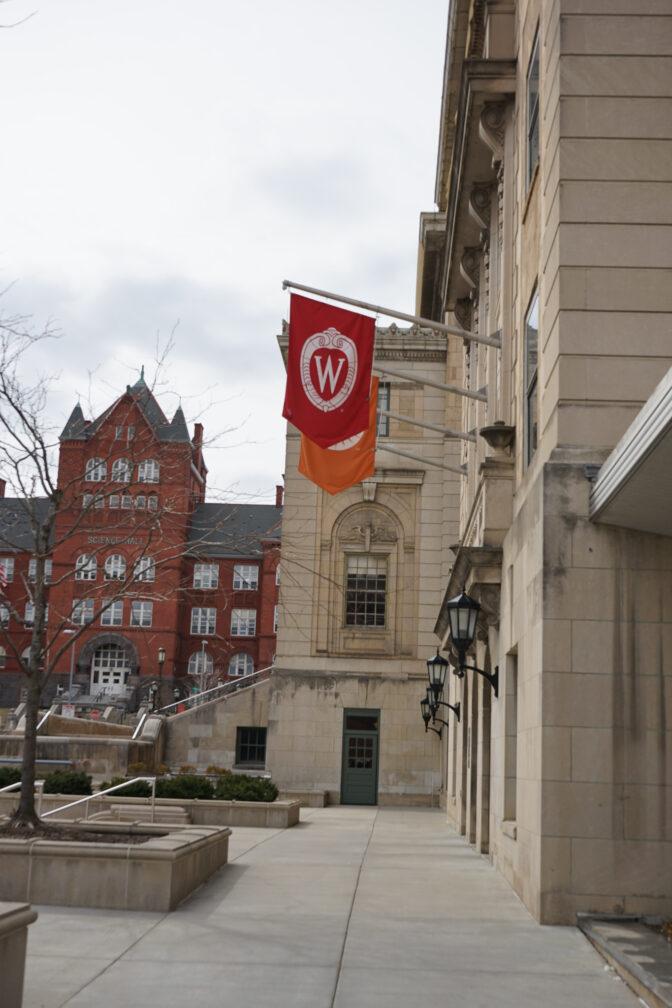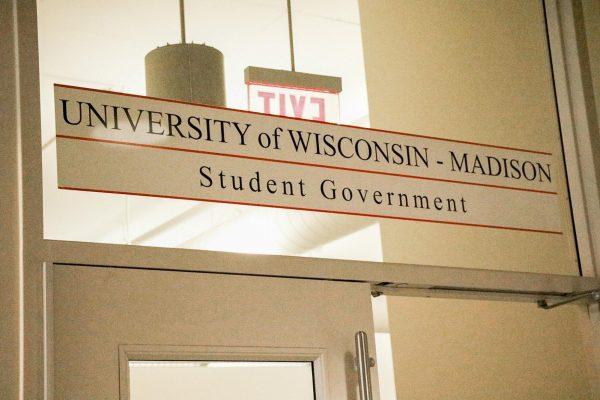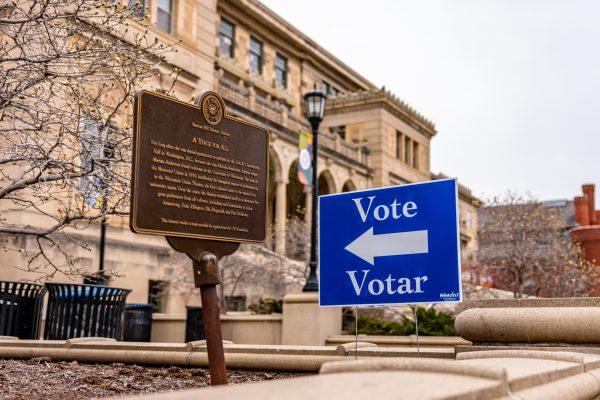U.S. Rep. Mark Pocan (D-WI) announced a $963,000 appropriation to fund a Center of Excellence in PFAS Environmental Science in the University of Wisconsin’s Water Sciences and Engineering lab Thursday, according to Wisconsin Public Radio. The funding comes as part of the FY24 Minibus Appropriations bill, which passed the Senate and House chambers earlier in March, according to Pocan’s website.
In March 2023, Pocan requested $2 million in federal funding from the House Appropriations Committee to develop research tools, identify sources of PFAS and prevent contamination, according to a research disclosure letter from last year.
PFAS — per- and polyfluoroalkyl substances — are a group of chemicals used in many consumer and industrial products, therefore appearing widely in the environment, according to the EPA. PFAS substances all contain fluorinated molecules, making them extremely resistant to natural degradation, such as exposure to sun, water and microbes, according to UW department of chemistry PhD candidate Kaitlyn Gruber.
Funding for the center will go toward the purchase of advanced instrumentation, according WSEL lab director James Lazarcik. With the current equipment, researchers at WSEL are able to measure PFAS in great detail, but analyzing the compounds is more challenging.
“One of the things they talk about with these kinds of compounds is that there’s over 9,000 different kinds,” Lazarcik said. “And the way we have to measure these now is we have to compare our unknown samples against a known material. We have to go and procure what are called standards for all of our comparisons and purchasing 9,000 different chemicals is far outside the scope of what we can do here. So the new tools that we’re going to acquire don’t require standards for comparison.”
Not having to rely on these standards for comparison means researchers can begin to look for novel compounds in water samples, according to Gruber.
Mass spectrometers that afford this kind of fidelity typically start at around half a million dollars, Lazarcik said. As part of a core laboratory model, the new center will allow researchers from different departments and outside the university to take advantage of the new instrumentation and advance research in fields beyond PFAS.
Funding for the center will likely give rise to many new research opportunities for undergraduate students as well, according to Gruber.
“And those opportunities — whether it be through our summer research experiences for undergraduates or working in our lab during the school year — I’m sure there’s more opportunities to do a lot of things,” Gruber said. “It’s an exciting thing and we’re really grateful to have this funding and super excited to see where it takes us next.”


